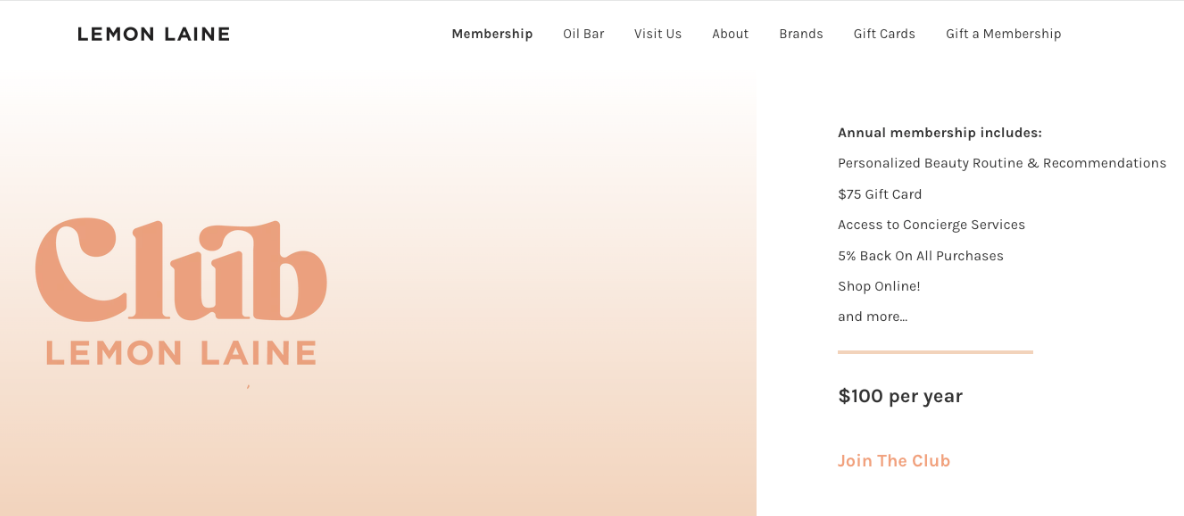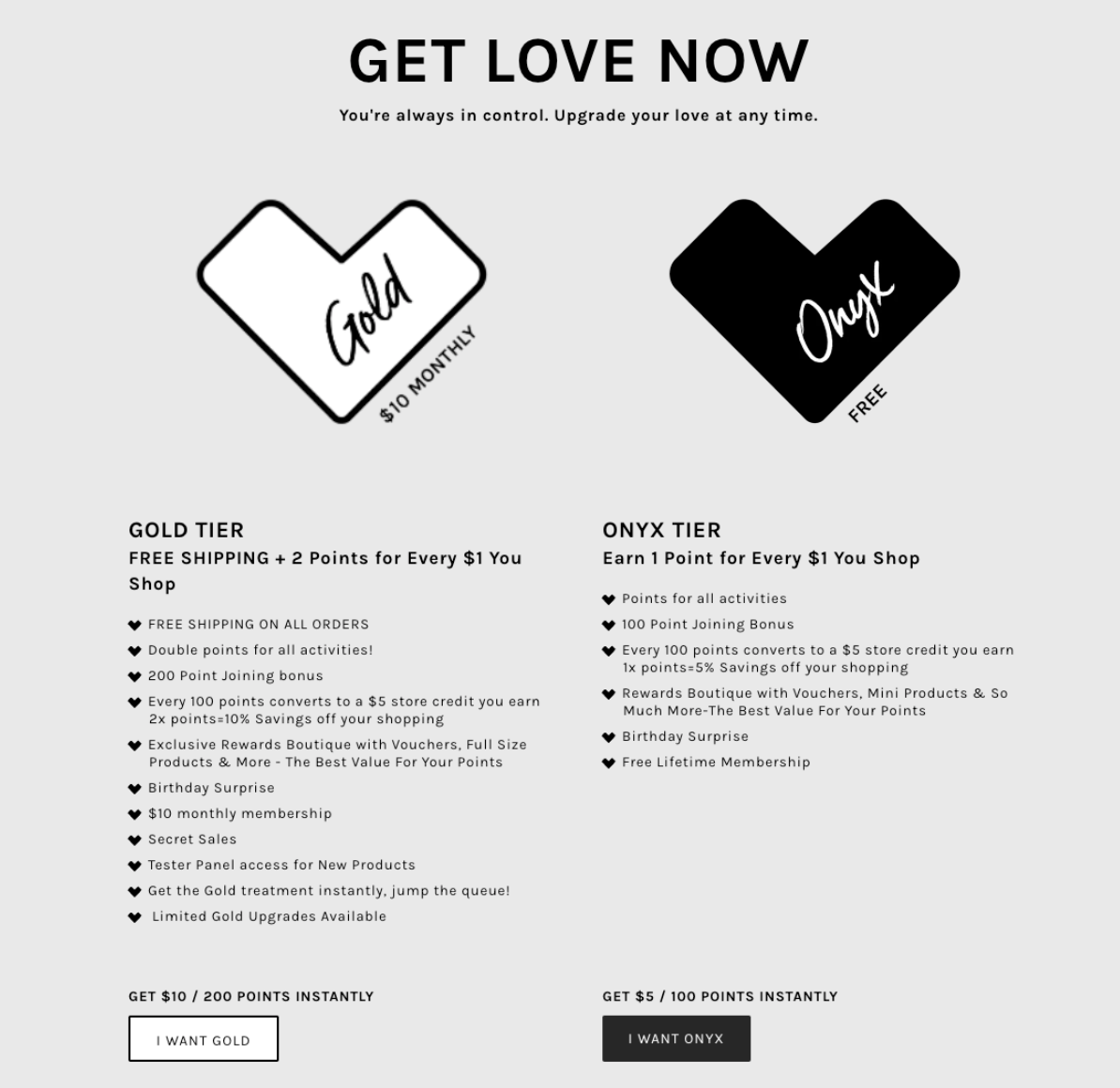Paid loyalty programs and memberships are creeping up the ecommerce agenda. Today several major brands charge their loyal customers for member perks. For example, for £9.99, ASOS Premier Delivery subscribers can access free next-day delivery for an entire year. And for $25 paid annually, Barnes and Noble members can access a wider array of benefits including free shipping, member-only offers and early access to sales.
One recent study found that
70% of
consumers
would be willing to join a paid or premium loyalty program if the benefits were valuable to them. If this is the case, then taking the opportunity to turn your loyalty program into a steady revenue stream by charging members to join is a no-brainer right? Perhaps, but let’s weigh things up before making any decisions.
Paid loyalty programs
The pros:
A paid, or premium, loyalty program is one that requires members to pay a monthly or annual fee in return for great benefits. Once customers have begun paying, they are perhaps more likely to return and engage with the perks and the program because they have invested and want to see the greatest value from their commitment.
This guarantees you an engaged customer for as long as they are subscribed, which in turn should lead to increased average order values, higher repeat purchase rates and more customer lifetime value. This, on top of the revenue that you generate from the initial investment that customers make by joining.
The cons:
A paid loyalty program guarantees you repeat visitors, but only for as long as customers are enrolled. If shoppers do not see sufficient value from their investment in year one, they will not return and re-invest for a second year. This means that any increase in customer lifetime value will be short-lived, and you will need to consistently top up membership levels to deliver the same return.
By charging for your loyalty program, you potentially also limit the number of members you can get on board. Your member base will only consist of those who have the disposable income to pay to join – and this number could significantly shrink as the cost of living increases and consumers tighten their belts still further.
Free loyalty programs
The pros:
On the flip side, a free loyalty program could be seen as far more inclusive. With no barriers to entry, it’s far easier to build a large customer base, quickly. With the right perks and benefits there’s also no reason why this larger customer base cannot be incentivized and motivated to spend more and purchase more often, allowing you to drive greater lifetime value from a far greater pool of customers.
A free loyalty program also drives more emotional connections with customers. Rather than simply getting what they pay for, members of a free loyalty program feel like they are being rewarded and recognized for every purchase, not just in return for their joining fee. They are also more likely to feel connected to any values that a brand reflects via their loyalty program if they have joined because of values, rather than via a transactional requirement. In turn this means that free program members are more likely to share their love for your brand, acting as advocates and helping you to acquire more new customers organically.
The cons:
There’s no question that free loyalty program members can be nurtured and incentivized to undertake valuable actions and engage with your brand. However, because they are not financially invested, it might take more marketing effort or a longer timeframe to get there. As a result the revenue from a free loyalty program may take a little longer to build.
Equally, because there is no immediate revenue from members paying to join a free program, budget needs to be found to promote that program. A paid program can pay for its own digital advertising, whereas a free program must be built into existing marketing spend.
Conclusion
There is no right or wrong answer to the paid loyalty program conundrum. The set up cost and effort is likely to be the same either way, and both approaches help you to retain customers, increase their lifetime value and positively impact your bottom line. So really, it all comes down to your KPIs.
If your goal is short-term revenue, then a paid program can certainly help you with a cash flow influx, and help you to limit the discounts you need to deploy in order to bring customers through the door repeatedly.
For example, LoyaltyLion customer,
Lemon Laine
operate an annual membership that offers Club Lemon Laine members highly personalized perks such as beauty routine recommendations and access to concierge services in return for $100 a year.
However, if you are thinking about more long-term, sustainable growth then a free program may be more effective in engaging a wider audience and keeping them opted in at a time when opting out is prevalent. A free program could be the key to better communicating your brand and creating a community that customers want to be a part of whether they are shopping or not.
Still not sure? Why not consider a blended approach.
Introducing Love Points by Mirenesse
Love Points by Mirenesse
offers customers two options – a free program tier, and a paid loyalty programs tier.
Shoppers in the Onyx tier pay nothing to join and remain a member forever, and earn one point for every dollar they spend. They also access a number of other rewards including points for other onsite activities, bonus points for joining, access toa rewards boutique and a birthday surprise.
However, those who want to unlock even more, can pay $10 monthly. In return they get free shipping, as well as two points for every dollar spent. They also unlock more experiential rewards such as access to secret sales, the opportunity to participate in a tester panel for new products, and the ability to queue jump.
Take a full tour of the Mirenesse program here.
Ready to discuss the right approach for your program? Our
Loyalty Consultants are on hand
to take you through more examples and help you unpick the pros and cons of paid programs still further.









